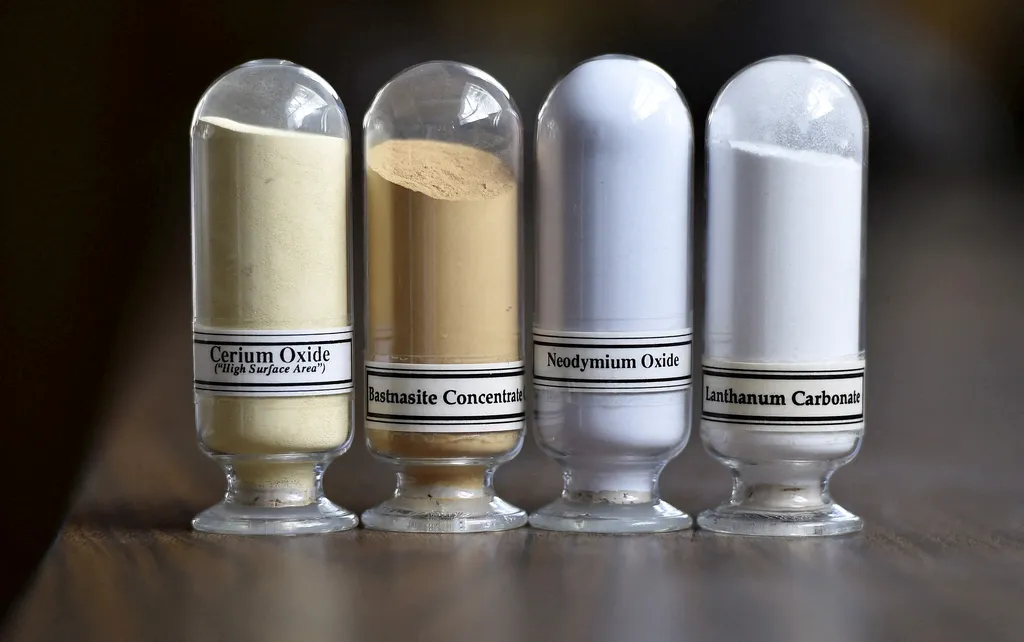Air Marshal M Matheswaran (Retd), former Deputy Chief of the Indian Integrated Defence Staff, has underscored the urgent need for India to strengthen its capabilities in rare-earth materials, a critical component of modern defence and technology. Speaking at an event, Matheswaran emphasised that while collaboration with friendly nations is essential, India must prioritise building its own expertise in this strategic sector.
“Right now, we’ve just realised that we need to create capabilities much more than what we have right now,” Matheswaran said. “There is a very big mountain to climb. So let’s focus on that first, rather than focusing on becoming a rare earth leader later. We can see that later.”
Rare earth elements—comprising 15 lanthanides, plus scandium and yttrium—are indispensable in high-tech industries, from smartphones and electric vehicles to advanced military systems. Their unique properties, such as high magnetic strength and luminescence, make them vital for defence applications, including radars, sensors, missiles, and smart weapons.
Matheswaran highlighted the importance of securing supply chains for critical defence materials, noting that India must ensure these are “always safe and secure.” While complete self-reliance is the ultimate goal, he acknowledged that economic viability may require continued collaboration with partners like Japan, Australia, Singapore, Korea, the US, and the UK.
“We have to work with friends,” he said. “But nobody gives you tech.”
Despite progress in research and development, Matheswaran cautioned that India is still far from full indigenisation. He pointed to Hindustan Aeronautics Limited (HAL) as an example, where supply chain dependencies persist even in domestically produced weapons. “A lot of indigenous weapons are used, but even indigenous weapons have important components,” he said, noting that advanced systems often rely on rare and imported materials.
To address these challenges, Matheswaran welcomed recent government initiatives to involve the private sector in critical minerals and defence technology development. He praised the allocation of nearly five billion dollars over seven years for R&D but stressed the need for effective implementation.
“We need to get out of this old archaic idea of looking at PSUs as the only agency for the government,” he said, advocating for an equal playing field between public and private sectors. “Now you need to have an equal playing field for both to address problems like this.”
Matheswaran’s remarks highlight a critical juncture for India’s defence and technological ambitions. As global competition intensifies, the country must accelerate its efforts to secure supply chains, foster innovation, and build self-sufficiency in rare-earth materials. The path forward demands not only strategic partnerships but also a concerted push toward indigenous capability development—a challenge that will shape India’s defence and industrial future.

